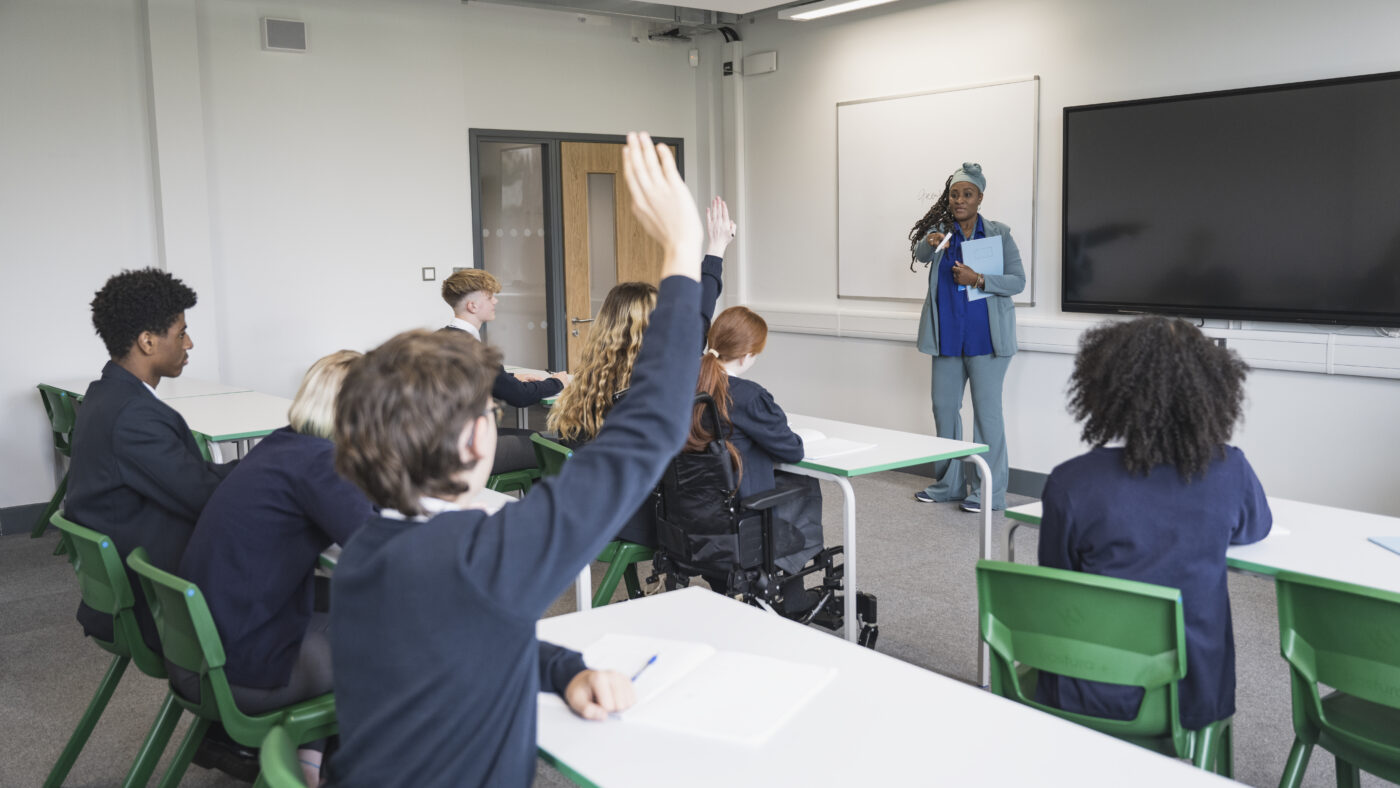In recent years, countries including the US, Chile, Sweden, and England, have sought to enhance school standards by introducing market-oriented reforms. Such reforms often seek to allow (and encourage) the entry of new, privately operated but government-funded providers in the education system. Its proponents argue that this will improve student performance by enhancing choice, stiffening competition, and promoting differentiation and innovation.
But are ‘start-up schools’ good at educating their own pupils? In recent research, we studied this through a case study of two high-profile English free schools. Free schools were introduced in England in 2011 and are state-funded, non-fee-charging schools, established by a diverse range of groups, including teachers, parents and charities. Unlike traditional state schools, free schools operate with substantial autonomy, having control over staffing, school term length, pedagogical approaches and more. While initially representing a small-scale ‘revolution’, led by parents and teachers perceived as ‘disrupting innovators’ and ‘pioneering educators’, the free-school programme grew quite rapidly. From only consisting of 24 schools in 2011, the sector grew to around 600 schools in 2021, with a higher incidence in the London area.
The schools included in our study are quite distinctive. The first school, Dixons Trinity Academy, is situated in a deprived, mid-sized town in West Yorkshire and follows a ‘no excuses’ pedagogical model. Partly inspired by research trips to US charter schools, it emphasises high expectations, strict routines, and discipline.
The second school, West London Free School, is situated in a relatively affluent London borough, and adopts a ‘classical liberal’ approach to education, emphasising a knowledge-rich curriculum, competition, and teacher-centred instruction. The curriculum includes a compulsory Latin program, a focus on the arts, and a dedication to debating and public speaking. The school’s four houses and teaching rooms are named after classical figures, reinforcing its commitment to academic excellence.
In our research, we analyse student-level data for two cohorts of applicants to each of the free schools, which are matched to school-level information, pupil demographics and test scores from the National Pupil Database. Additionally, we gather data on the pedagogical approaches of the free schools, as well as the schools attended by rejected applicants, from the ‘ethos and vision’ statements that schools publish on their webpages, and from interviews with school administrators.
But how do we know that any performance differences we find can be attributed to the schools rather than other factors? We know because we exploit useful features of the admission criteria used by the two free schools. In case there are more applicants than places, both use different types of lotteries to determine who gets in and who does not. This means that we are able to compare students with, on average, identical characteristics apart from the fact that some won the lotteries while others did not. We are therefore able to compare ‘like for like’.
It turns out that both schools have a large positive impact on students’ end-of-secondary-school test scores: attending them for all five secondary school years translates to approximately 18 months’ worth of extra learning. That is, after attending the free schools for five years, students have learnt roughly as much as if they had attended one of the other schools for six and a half years. We also find that both schools decrease absences as well as the likelihood that students switch schools while they are in secondary education.
But we also find that the schools have different effects depending on student background. The ‘no excuse’ school appears to be especially effective for boys and low-achieving students, while the ‘classical liberal’ school primarily benefits White British, affluent students and high-achievers.
But what can explain these effects? To dig deeper into this issue, we compared key features of the two free schools with those of the schools attended by rejected applicants. It turns out that differences in school peers, teacher qualifications and Ofsted ratings do not fully explain the free schools’ positive effects. Instead, in a quantitative text analysis of the ‘vision and ethos’ statements, we find that the ‘no excuse’ and ‘classical liberal’ philosophies make the two free schools stand out significantly from the other ones. It is therefore highly likely that these philosophies explain their differential effects.
Overall, our study suggests that start-up schools can improve student outcomes. But given the heterogeneous effects across different types of students, it also underscores the importance of implementing policies, such as informational interventions, that help parents and students find schools that serve their specific needs.
Of course, we only study two specific free schools, which may not be representative of the entire sector – and further research is needed to assess whether our findings can be generalised. However, the evidence presented at the very least highlights the enormous potential of injecting greater school autonomy and differentiation into education.
Click here to subscribe to our daily briefing – the best pieces from CapX and across the web.
CapX depends on the generosity of its readers. If you value what we do, please consider making a donation.


